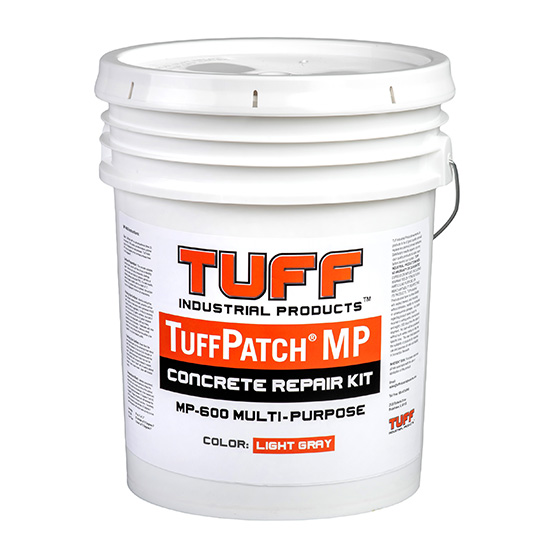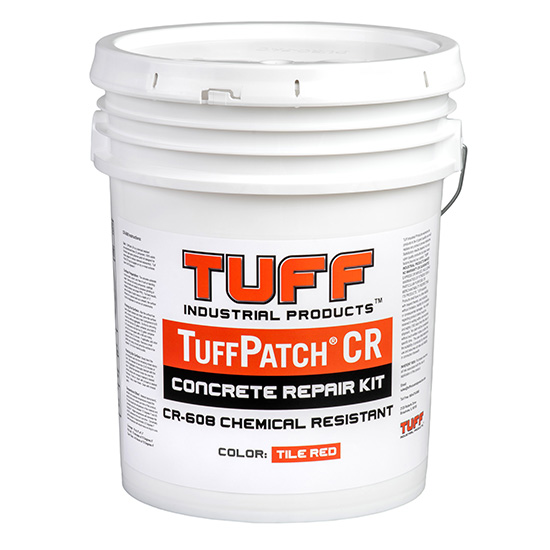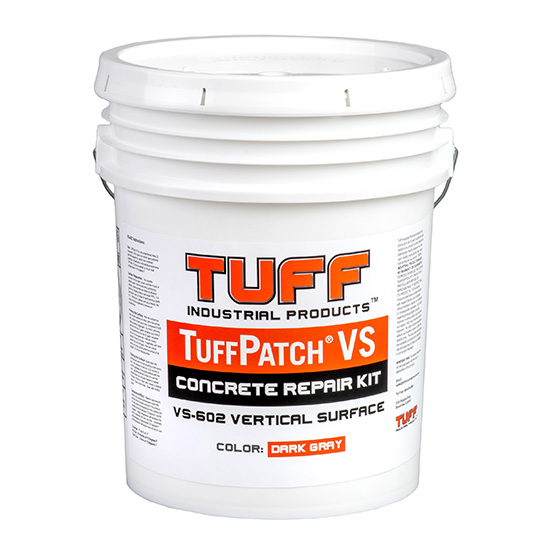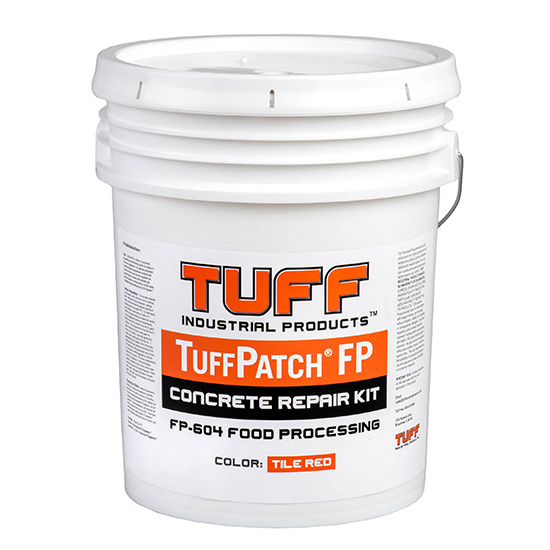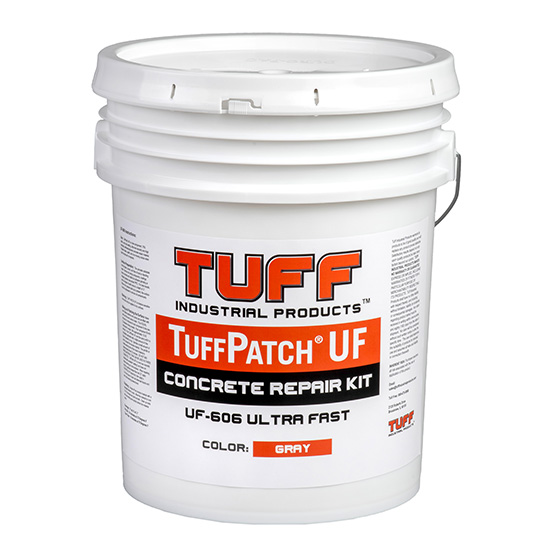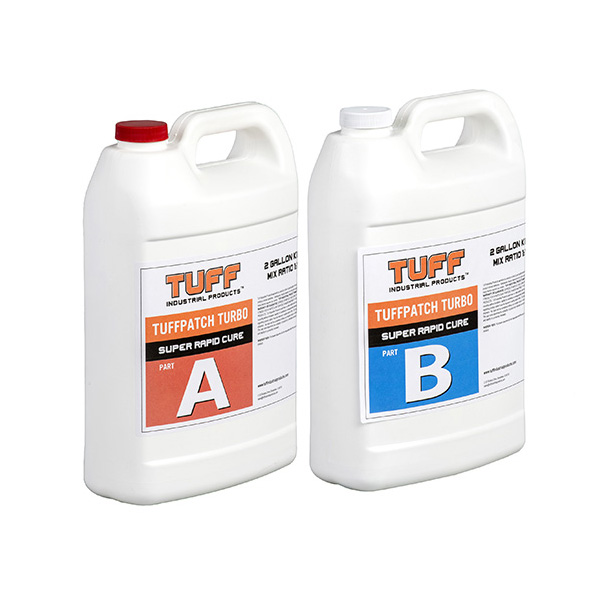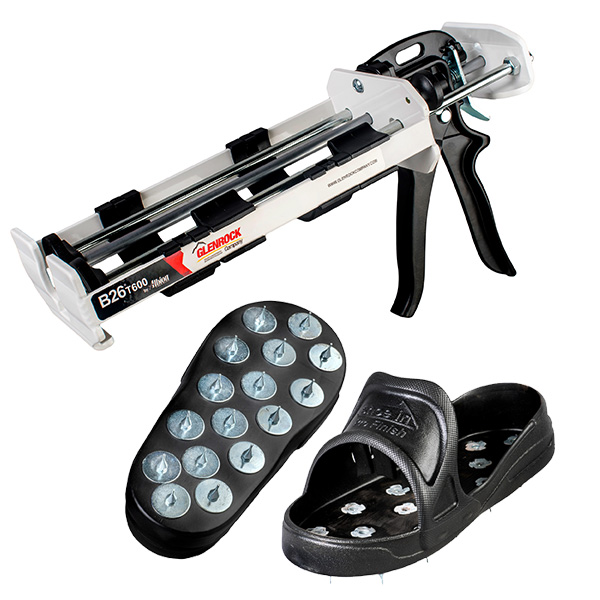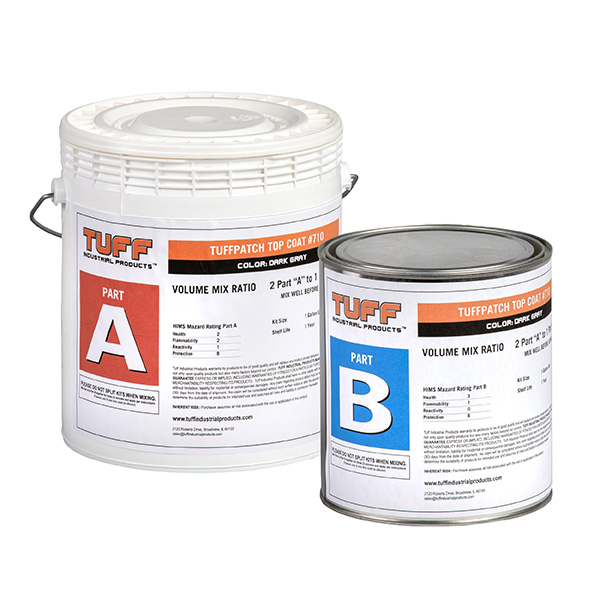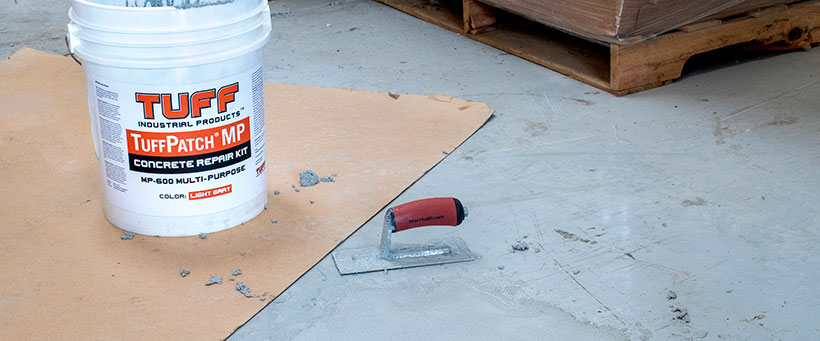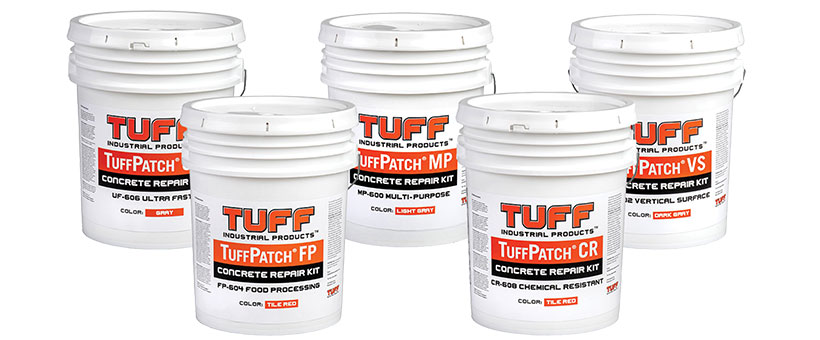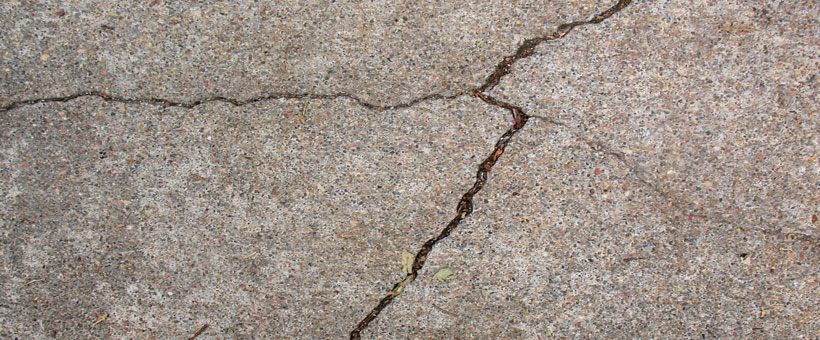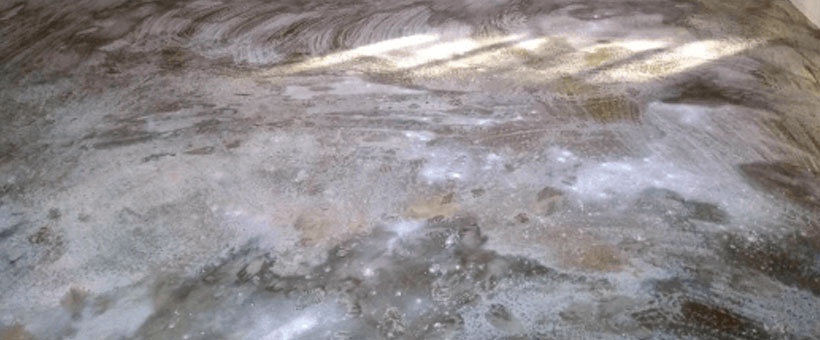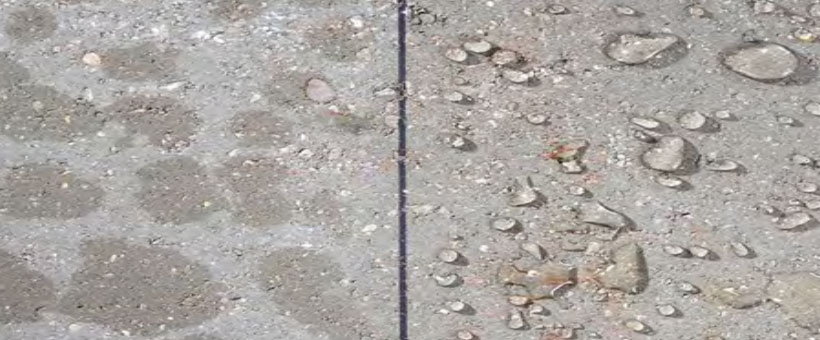When outside ambient or air temperatures consistently dip below 50 degrees F at night for several nights in a row (typically late fall, winter seasons), certain practices should change to ensure project success.
Storing Materials: Products such as epoxy, polyaspartic and urethanes need to be kept in a climate-controlled environment prior to use. This could be your shop or the project worksite, or anywhere the materials will not be allowed to get cold. Cold materials become thicker and more difficult to apply, and in some instances can create air bubbles in the coating.
Transporting Materials: Proper care should be used when transporting industrial coatings. Keeping these materials covered and toward to front of a box truck or work van will help. Try to avoid leaving these types of materials in vehicles overnight when the evening temperatures will be below 60 degrees F.
Acclimatizing Materials: A good practice is to move the products to be used to inside the job site. This will allow the materials to remain at the same temperature (or within a few degrees) of where these materials will be applied.
Selecting the Correct Materials: By checking the products Technical Data Sheet (TDS) you will find the temperature ranges at which the manufacturer best feels their products will perform.
Check Both Substrate & Material Temperatures: Investing in an inexpensive laser digital thermometer will allow a successful contractor to check both the concrete as well as the material temperatures.
Warming Cold Materials: Should you have material that was allowed to get “cold”, there are several things a contractor can do to get the material back to workable temperature ranges:
- Move materials inside and allow the warm air to raise the product temperatures.
- Use bucket warmers. These are typically available through industrial product suppliers such as Grainger. These are basically an electric blanket that plugs in and wraps around a 5-gallon plastic or metal pail.
- If a large sink is available, submersing package materials in hot water will help to quickly raise the material temperatures.
- Check to see if the material has “crystallized”. This doesn’t happen very often with today’s formulations but it is something to check for. The white crystals will be floating in the material. They look like small white pieces of drywall or paint chips. If these are visible contact your manufacturer right away on the proper method to get these “crystals” back into suspension, and be able to be applied. Sometimes a fix as easy as running your material through “fine” paint filters will work.
